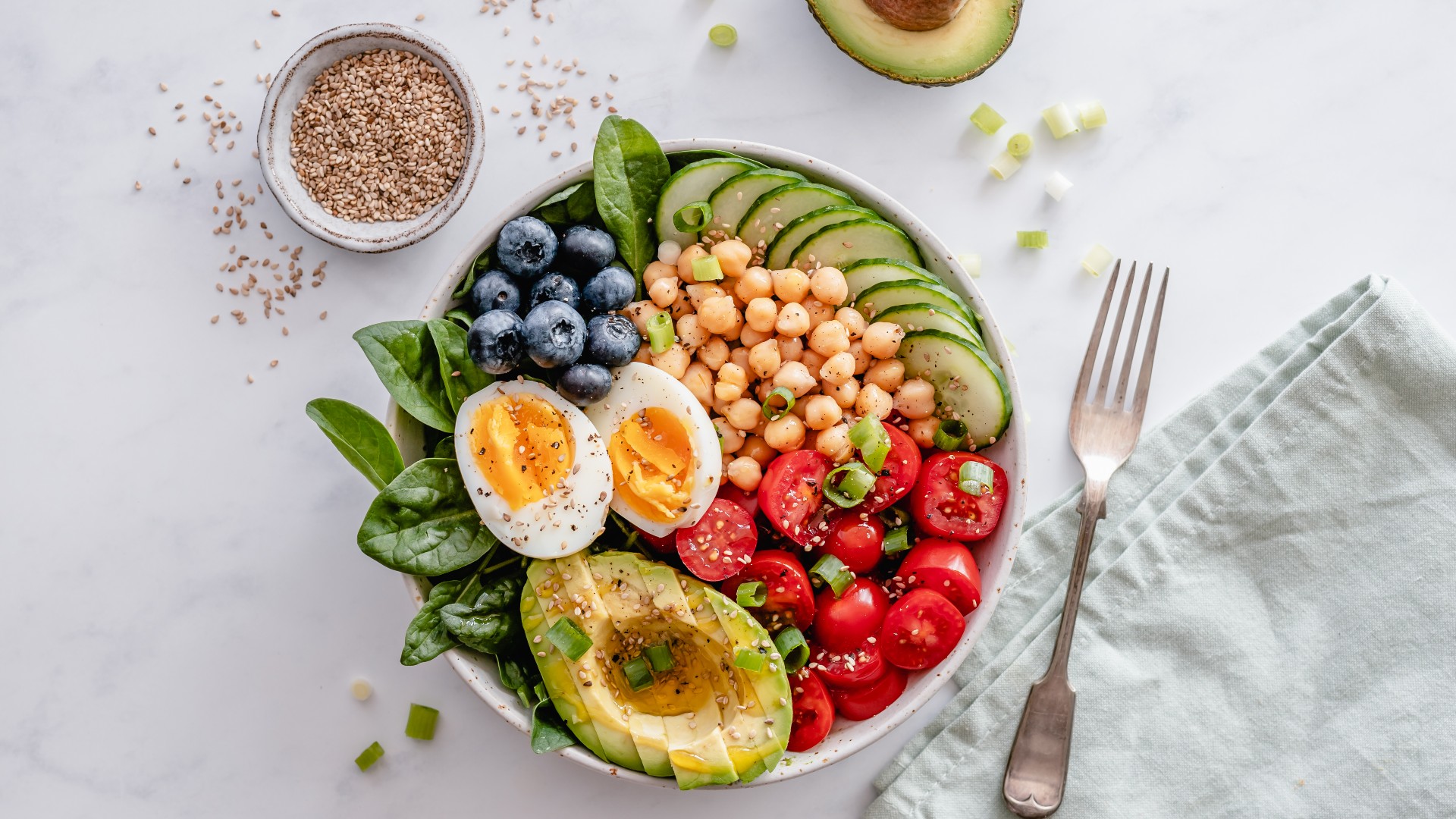
The Dietary Approaches to Stop Hypertension (DASH) diet stands out as a nutritional powerhouse, designed not just for those with high blood pressure but for anyone aspiring to cultivate heart-healthy habits. This well-balanced approach to eating has gained acclaim for its effectiveness in promoting cardiovascular wellness. So, who exactly does the DASH diet fit?
Who Does the DASH Diet Fit?
Primarily developed to combat hypertension, the DASH diet caters to a broad audience, encompassing individuals with high blood pressure, those at risk of developing it, and anyone keen on maintaining optimal heart health. Its flexibility makes it suitable for various lifestyles and dietary preferences.
Benefits of the DASH Diet:
- Blood Pressure Control: The primary goal of the DASH diet is to lower blood pressure, thanks to its emphasis on reducing sodium intake.
- Heart Health: Beyond blood pressure, the DASH diet supports overall cardiovascular health by promoting a nutrient-rich, balanced diet.
- Weight Management: With its focus on whole, unprocessed foods, the DASH diet naturally aids in weight management.
Potential Challenges:
While the DASH diet offers numerous health benefits, potential challenges may arise. Adapting to a lower sodium intake might be difficult initially, especially for those accustomed to a higher-salt diet. Additionally, the emphasis on fresh, whole foods may require more time for meal preparation.
What Not to Eat on the DASH Diet:
- High-Sodium Foods: Limit overall sodium intake below 2000 mg sodium, this is less than a teaspoon. Minimize intake of processed foods, cured/smoked meats, canned products, shredded cheese, condiments like soy sauce, broths, and salty snacks. Review labels on processed foods like breads, crackers, and seasoned packaged rice and pasta mixes for options with lower sodium.
- Sugary Beverages: Cut back on sugary drinks to reduce empty calories.
What to Eat on the DASH Diet:
- Fruits and Vegetables: Aim for a variety of colorful options to maximize nutrient intake.
- Whole Grains: Opt for whole grains such as brown rice, quinoa, and whole wheat bread.
- Lean Proteins: Include sources like poultry, fish, beans, and nuts.
- Dairy: Choose low-fat or fat-free options for dairy products.
Sample Meal Plan:
Breakfast:
- Oatmeal with fresh berries and a sprinkle of almonds.
- Scrambled eggs with bell peppers, mushrooms, and spinach
Lunch:
- Grilled chicken or chickpeas with mixed greens, quinoa, tomatoes, sliced cucumber, olives, and feta cheese, tzatziki sauce.
- Low fat cottage cheese with fruit and sliced nuts.
Snack:
- Sliced cucumber and carrot sticks with hummus.
Dinner:
- Baked salmon with steamed broccoli and a side of sweet potatoes.
- Stir-fried tofu with coconut aminos, snap peas/carrots/broccoli, side of brown rice.
Snack (if needed):
- A small handful of unsalted nuts.
Remember, before making significant dietary changes, consult with a healthcare professional, especially if you have underlying health conditions. The DASH diet provides a roadmap to heart health, offering a delicious and practical approach to nourishing your body and supporting overall well-being.
Written By Prabha Honrath, RDN